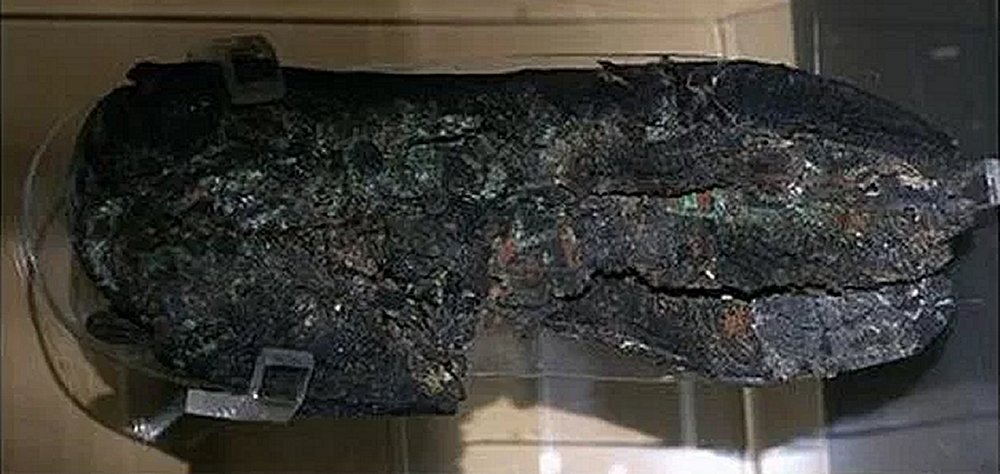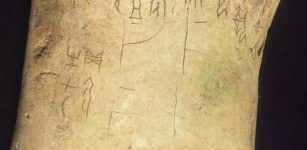1,900-Year-Old Female Leather Shoes Laced With Bronze Wire On Display In Bulgaria’s Sliven
MessageToEagle.com – A pair of 1,900-year-old leather shoes discovered during archaeological excavations in the Sliven District, in Eastern Bulgaria is on display for the first time after a longer period of restoration.
The female shoes, which are considered rather well-preserved, belonged once to a woman who lived during the Thracian-Roman period. The shoes, which were discovered during regular archaeological digs, give a glimpse of ancient female fashion during the Roman Age.

The nearly 2,000-year-old shoes are made of leather and textile, and are laced with bronze wire.
The Romans, who had conquered all of the previously glorious Ancient Thrace south of the Danube by 46 AD, and subsequently the local Thracian aristocracy became well integrated into the Roman society.
Several other artifacts were excavated in the area of Sliven, inhabited by people during a very long time, from the Neolithic Age (6,000 years BC) to the present day.

The same exhibition presents several other valuable items dated from the 5th century BC until the 2nd century AD and excavated in the Sliven area, in two burial mounds – Popova Mogila (“Priest’s Mound”) near the town of Trapoklovo, and Zlatnata Mogila (“The Golden Mound”) near the town of Chintulovo.
See also:
World’s Oldest Shoes: Some Look Surprisingly Modern
Discovery Made In Ancient Tomb – Six Golden Pages Of The Oldest Book In The History Of Mankind
Valley of Thracian Kings With More Than 1,500 Ancient Burial Mounds
One of such intriguing artifacts presented along with leather shoes is the so-called “hydria”, a bronze vessel for liquids, dating back to the 5th century BC.

Sliven, a town located in Eastern Bulgaria, has a long history, which had developed during many centuries. Sliven, inhabited by rich craftsmen, was also an important cultural center of the region.
In antiquity, Sliven was a cult center and it continued to perform similar functions for the early Christians, and later in the Middle Ages as well.
MessageToEagle.com
Expand for references









